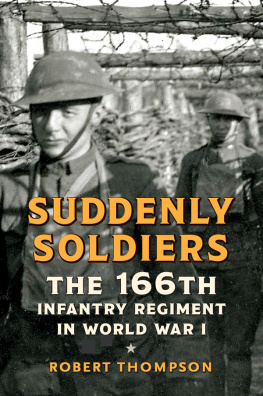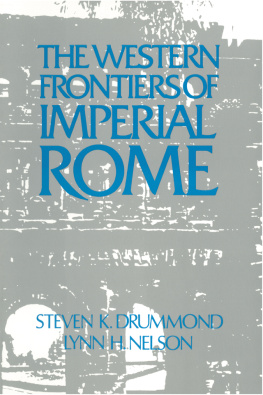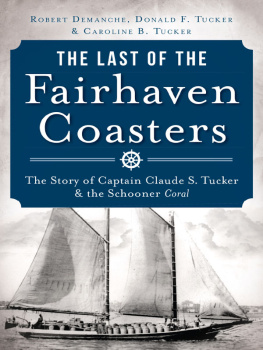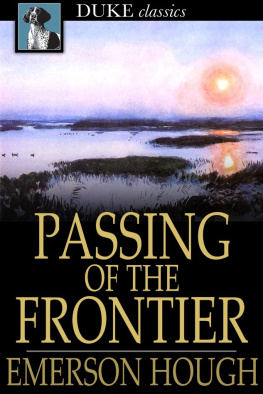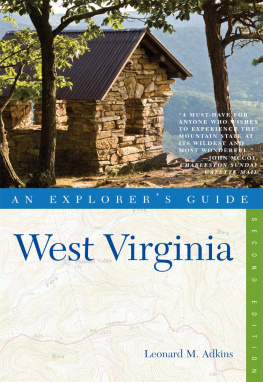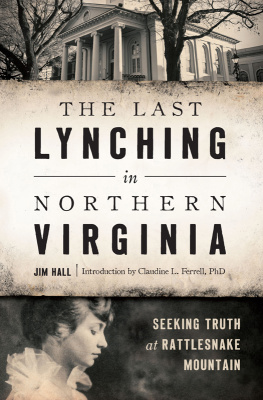Published by The History Press
Charleston, SC 29403
www.historypress.net
Copyright 2013 by Robert Thompson
All rights reserved
Front cover: Courtesy of the New York Public Library.
First published 2013
e-book edition 2013
Manufactured in the United States
ISBN 978.1.62584.011.0
Library of Congress CIP data applied for.
print edition ISBN 978.1.60949.922.8
Notice: The information in this book is true and complete to the best of our knowledge. It is offered without guarantee on the part of the author or The History Press. The author and The History Press disclaim all liability in connection with the use of this book.
All rights reserved. No part of this book may be reproduced or transmitted in any form whatsoever without prior written permission from the publisher except in the case of brief quotations embodied in critical articles and reviews.
Preface
Phebe Tucker Cunningham is my fraternal fifth great-grandmother, and I first learned of her story in the early 1980s when reading a series of genealogical monograms written in 1979 by my great-uncle Colvin Snider. I found the story fascinating and one that only grew more so with the passage of time. Then, in May 2012, I had a chance to visit Pricketts Fort, near Fairmont, West Virginia, the site of Phebes marriage to Thomas Cunningham. It was a beautiful, warm spring day, and my visit coincided with a workshop for musicians who played early American instruments sponsored by the Pricketts Fort Memorial Foundation. As I wandered about the forts grounds and listened to the wonderful music being played by those attending the workshop, I found myself imagining what Phebe and Thomass wedding must have been like, thinking that it was almost certainly a joyous day. In turn, I also pondered the unforeseen tragedy and challenges that lay ahead for both of them. At that moment, Phebe started to become someone other than just a name on the family tree, and the idea for this book had its genesis.
Later, as the book was underway, I decided to seek out the location of Phebe and her husbands frontier Virginia homestead. However, all I had that provided a clue as to its location was a bad Xerox copy of a photo my great-uncle had taken in the 1970s of a monument that marked the farms site and a rough description made by another ancestor in a book written in the late nineteenth century. Using those two small pieces of evidence, I turned to a tool of the twenty-first century: satellite imagery. Using a commercial image, I scanned down the road discussed in the book, looking for some sign of the stone marker. As I peered closely at the image, I finally found a small object indicated by its shadow at a curve in the road located about where my ancestor had described. Armed with that evidence and some hope, I set out for West Virginia, where I found the monument exactly where I thought it might be.
As I stood there, I was overcome by emotion, especially when I touched the sandstone rock on which the memorial plaque rests. The stone came from a cave where Wyandot warriors hid Phebe and her infant son, as friends and neighbors searched in vain for them. I closed my eyes, and I could imagine her kneeling on the cave floor, holding her baby close to her breast as a warrior stood over her, ominously holding a tomahawk at the ready. I also could imagine what she must have been feeling: hope that her people would rescue her mixed with intense fear that her captors might kill her and her little boy before that rescue would come. At that moment, Phebe became a very real person to me and one whose story I was committed to telling.
I had always found Phebes story to be tragic, inspiring and utterly compelling. She was clearly a woman of remarkable courage and determination, and I wanted to share what I could learn about her experience as well as the world that shaped not only her life and but also the lives of everyone who lived on the colonial frontier. Therefore, my approach to this book involved telling Phebes story by also painting a broader picture of the people, politics, wars and events that led to the raid on the Cunningham farm and her three years as a member of the Wyandot tribe in central Ohio.
To make this story complete, however, I also knew that I needed to describe the culture and society of the Native Americans who lived on the Allegheny Plateau and in the great Ohio Country beyond its borders. As I researched and studied these peoples, often referred to as the woodland Indians, I realized what a key element they were in Phebes story. While I had some knowledge of the western plains nations, particularly the Comanche, I found these peoples to be very different and the Wyandot, with whom Phebe lived, to be especially remarkable. Of course, most early works on these Native American peoples, including those written as recently as the 1950s, are filled with Euro-centric depictions of their cultures that are, frankly, very racist and highly inaccurate. Luckily, however, there are numerous more recent works by historians, ethnologists and anthropologists that cast a brighter light on these peoples and their lives, providing a far clearer and unbiased view of them and the societies in which they lived.
As I researched and wrote, I also discovered that finding original primary source material from the eighteenth century is a somewhat daunting task when compared to later periods in American history. However, I found that, while it required more effort than researching events of more recent eras, the results could be very rewarding. Still, once this material was located, I often encountered great disparities between accounts of the same events, and even accurately determining dates was sometimes difficult. In those cases, my approach was, first, to grant extra weight to information agreed on by a majority of sources. Next, I tried to lean toward data provided by a primary source, and then, when all else failed, I attempted to apply large quantities of common sense. I hope the results satisfy you, the reader.
One important lesson I learned during this process is that no author develops a good product in a vacuum, and I want to acknowledge some people and organizations that were a key part of my work. First, I must thank my commissioning editor at The History Press, J. Banks Smither, who successfully ran my proposal for this book through the publishing gauntlet and then provided invaluable advice and insight as it worked its way toward reality. Further, I want to thank the Pricketts Fort Memorial Foundation, not only for its tireless efforts in preserving a wonderful re-creation of the fort, but also for its continuing good works in educating the public about the people who lived their lives along colonial Virginias frontier. I also wish to acknowledge the excellent work underway to provide online source material and images at the Ohio Historical Society, Virginia Historical Society, Pennsylvania Historical Society, New York Public Library, Library and Archives Canada and the Library of Congress. Without them, this book would not have some of the excellent artwork it now contains.
In conclusion, I must acknowledge Phebe Tucker Cunningham, who has long been a symbol of courage, determination and love for generations of her descendants and now, through this book, might become an example for thousands more outside our family. My dearest hope is that I have done her justice and honored her memory, as she so richly deserves.




